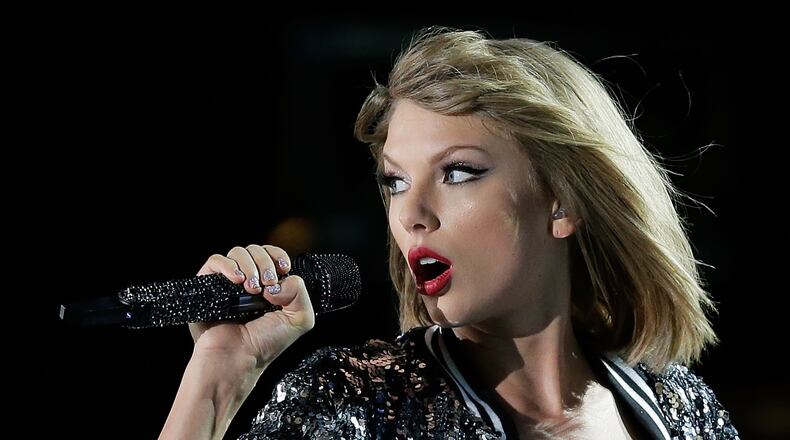It turns out the tour tickets still make many musicians the most money.
In an age where music itself doesn't sell as much as it used to, it's one of the metrics Forbes used to determine which artist is the most-paid artist of 2016.
Other rankings used by the magazine are data from the Recording Industry Association of America, data measurement company Nielsen , concert tour publication Pollstar and interviews with artists' agents, lawyers and, in some cases, artists. The rankings were determined from pre tax income and that data was collected from June 1, 2015, to June 1, 2016.
At No. 1 is Taylor Swift.
Months after it was announced Swift would headline a special concert the day before the Super Bowl, her tour -- combined with album sales and endorsement deals with Apple, Diet Coke and Keds -- made her $170 million.
Also on the list is One Direction at No. 2 with $110 million, Adele at No. 3 with $80.5 million, Madonna with $76.5 million, and Rihanna at No. 5 with $75 million.
Adele is one of the few artists on the list for whom the bulk of her income is from record sales and not tours or endorsement deals.
The Rolling Stones are No. 8 making $66.6 million, Justin Bieber is No. 13 with $56 million and Beyonce is No. 17 with $54 million. Her husband, Jay Z, is right behind her, making $53.5 million at No. 18.
Forbes said that Beyonce is on track to be number one on the list for 2017, but most of the tour dates that may get her there happened after the period Forbes used for its rankings.
The full list can be viewed as a gallery at Forbes.
About the Author
The Latest
Featured

